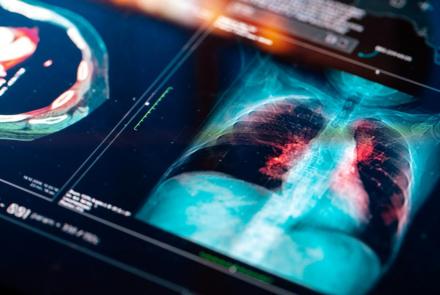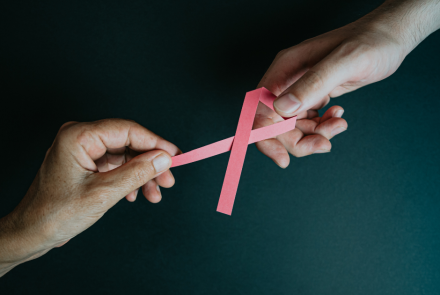Riding a bicycle or motorcycle has many benefits, including seeing the sights, saving money on gas and reducing pollution. Biking is also a great way to stay in shape. But both cyclists and motorcycle riders can face serious safety hazards. Wearing a helmet is the best way to reduce your risk of injury, according to Aleksandr Rakhlin, MD, surgeon with Highland Medical, P.C., Highland Surgical Associates in West Nyack, NY and Trauma Program Medical Director at Montefiore Nyack Hospital.
“I’ve seen so many instances where a person has been in a seemingly horrible accident, but because they were wearing a helmet, all the force was transmitted to the helmet instead of their skull,” he said. According to the National Highway Traffic Safety Administration (NHTSA), cyclists who wear a helmet reduce their risk of head injury by about 60%, and brain injury by 58%. The first body part to fly forward in a collision is usually the head. If there is nothing but skin and bone to protect the brain, the result can be deadly.
The NHTSA says motorcyclists are about 28 times as likely as passenger car occupants to die in a motor vehicle traffic crash. For motorcycle riders, a full face helmet provides more protection than a helmet that just covers the skull, Dr. Rakhlin said.
To stay safe, both cyclists and motorcycle riders must obey traffic rules, he said. Ride single file in the direction of traffic, and always be aware of your surroundings. “Try to avoid riding in the dark, but if you do, wear reflective clothing,” Dr. Rakhlin added.
Bike Safety
The National Safety Council recommends these additional rules for cyclists to keep safe:
- Equip your bike with a horn or bell and a rear-view mirror, as well as a bright headlight
- Use hand signals when turning and use extra care at intersections
- Never hitch onto cars
- Before entering traffic, stop and look left, right, left again and over your shoulder
- Make sure the bike is equipped with reflectors on the rear, front, pedals, and spokes
Motorcycle Safety
To stay safe on a motorcycle, the National Highway Traffic Safety Administration recommends:
- Make sure you are properly licensed. Completing a motorcycle rider education course is a good way to ensure you have the knowledge to safely ride. Contact your state motor vehicle administration to find a motorcycle rider-training course near you.
- When riding a new or unfamiliar motorcycle, try it in a controlled area first before you take it into traffic. Make sure you know how to handle it in a variety of conditions, such as bad weather, or encountering slick roads, potholes, and road debris.
- Before every ride, check the tire pressure and tread depth, hand and foot brakes, headlights and signal indicators and fluid levels. Check under the motorcycle for signs of oil or gas leaks.
- Wear boots or shoes that cover your ankles. Gloves allow for a better grip and help protect your hands in the event of a crash.
- Obey traffic lights, signs, speed limits and lane markings.
- Don’t ride under the influence of drugs or alcohol.
For more motorcycle safety tips visit nhtsa.gov/road-safety/motorcycle-safety.
When Accidents Occur
The most common injury for bicycle or motorcycle riders is a head injury, but rib, arm or leg fractures are also common, Dr. Rakhlin said. Neck and spinal injuries can also result.
“Trauma patients, including those who have had a bicycle or motorcycle accident, need to be worked up and treated quickly in the emergency department to look for life-threatening injuries that need immediate intervention,” he said.
“In most cases, rib fractures heal on their own,” he said. “Even many internal injuries such as those to the liver, spleen, kidneys or lungs can heal with time.” Patients who have broken ribs may need pain medication to allow them to breathe deeply, while those with open wounds may need antibiotics to avoid infection.
“Every injury is different, and may need different treatment,” Dr. Rakhlin said. “I urge everyone who rides to wear a helmet and obey the rules of the road, so we don’t end up seeing them in the ER.”






